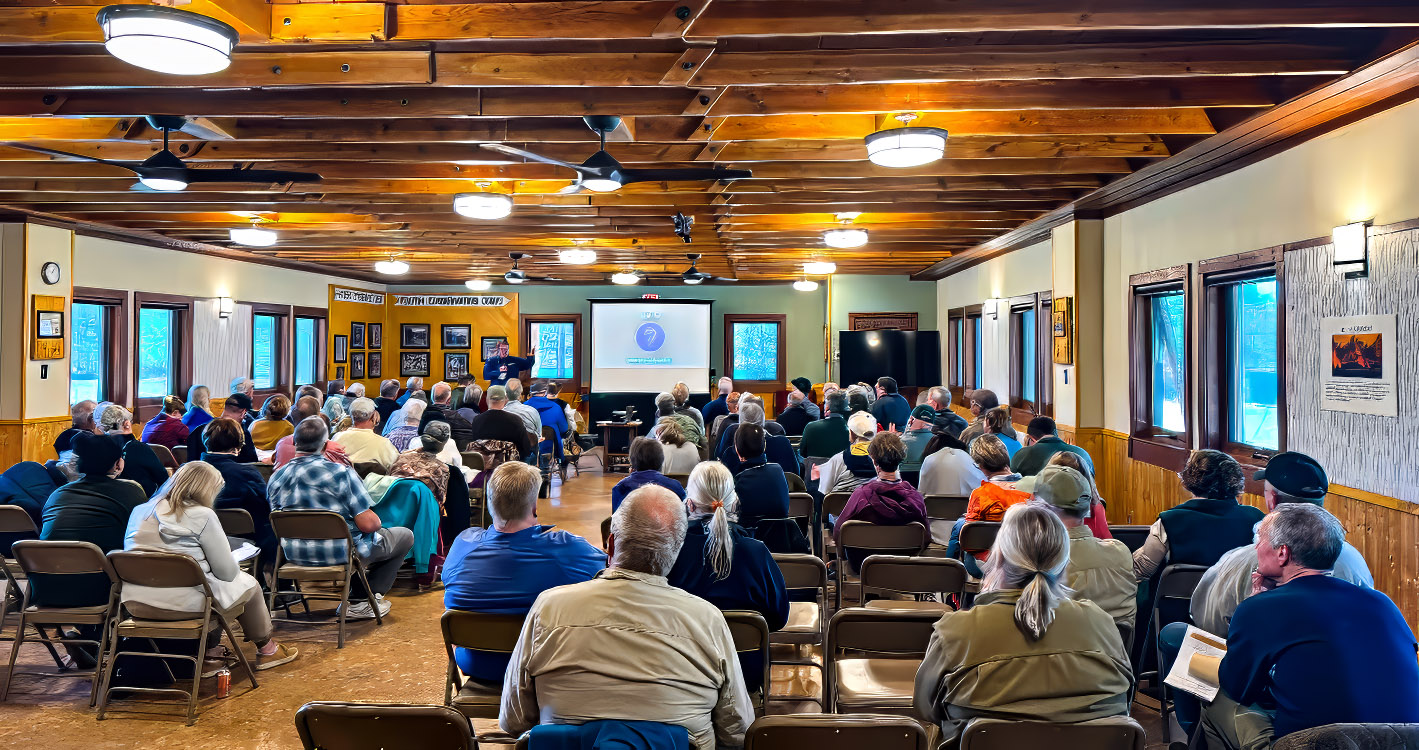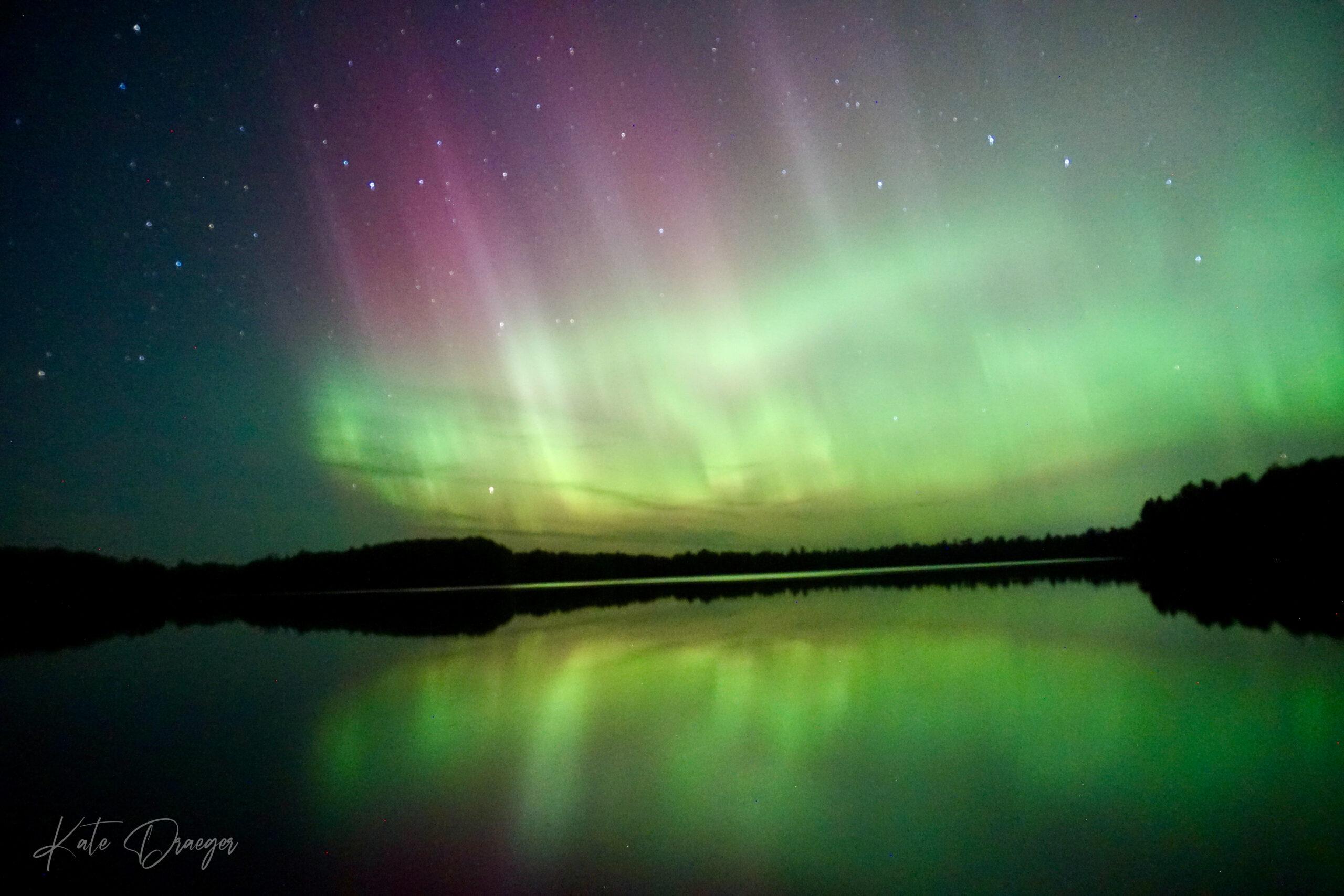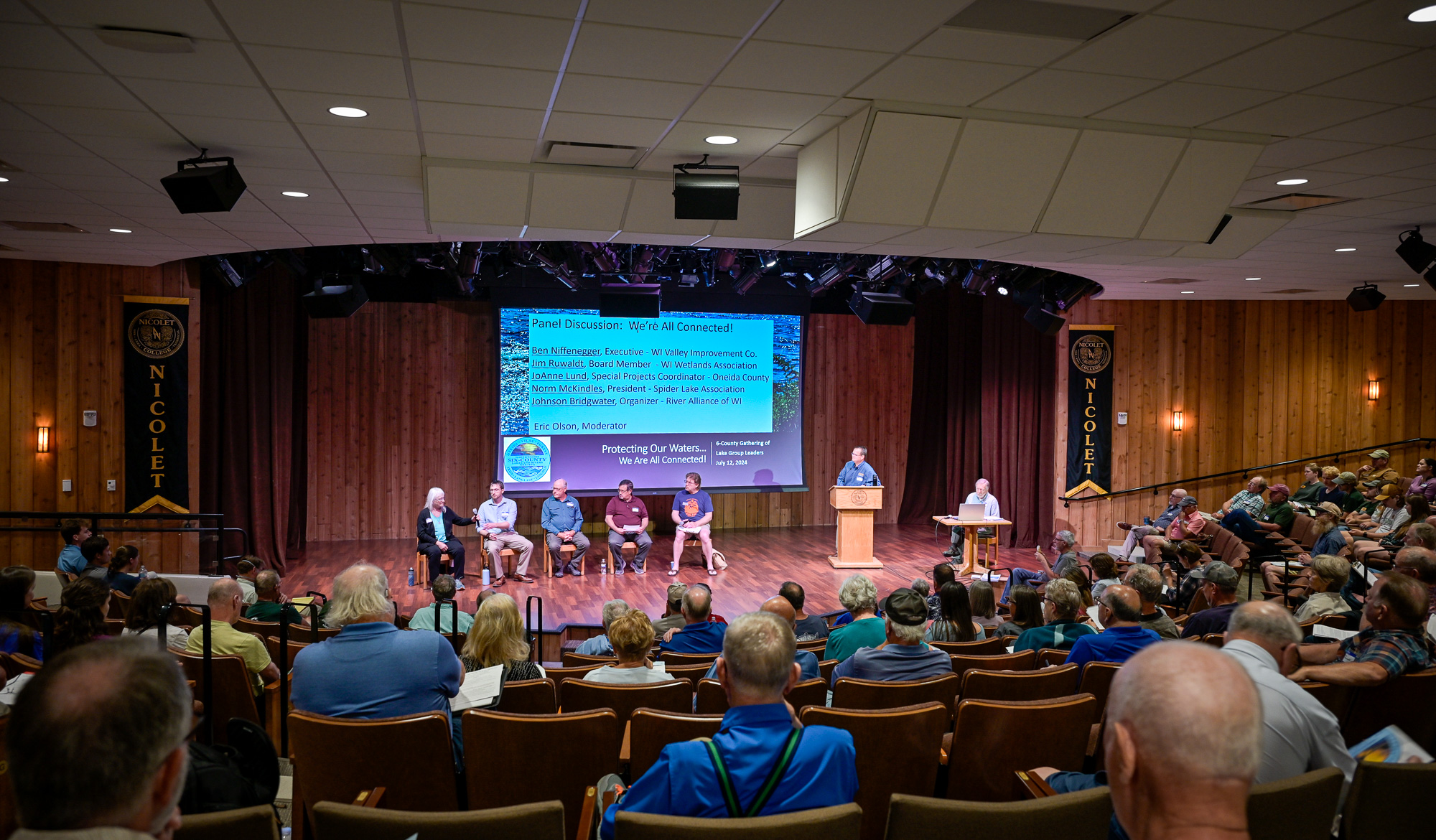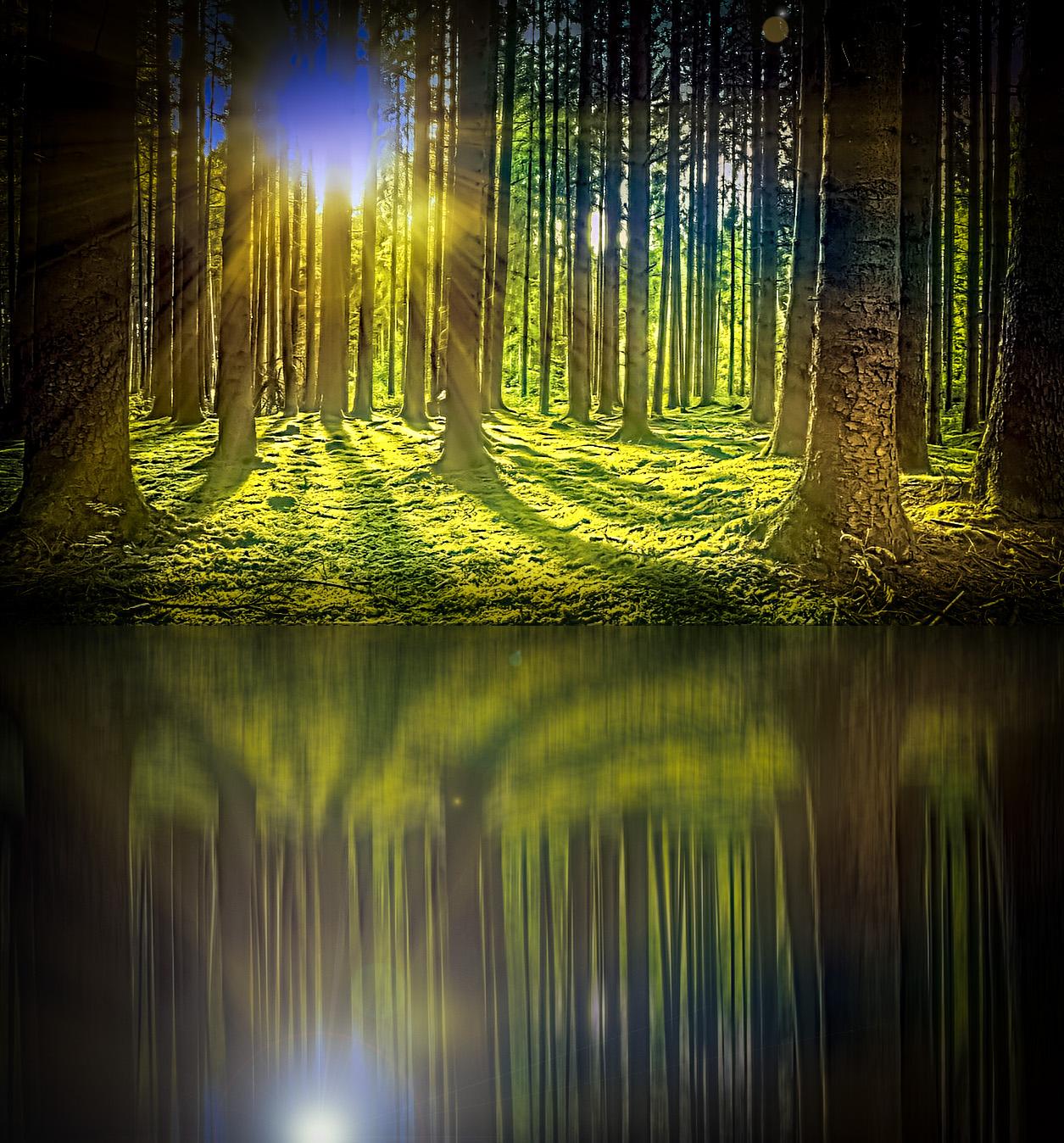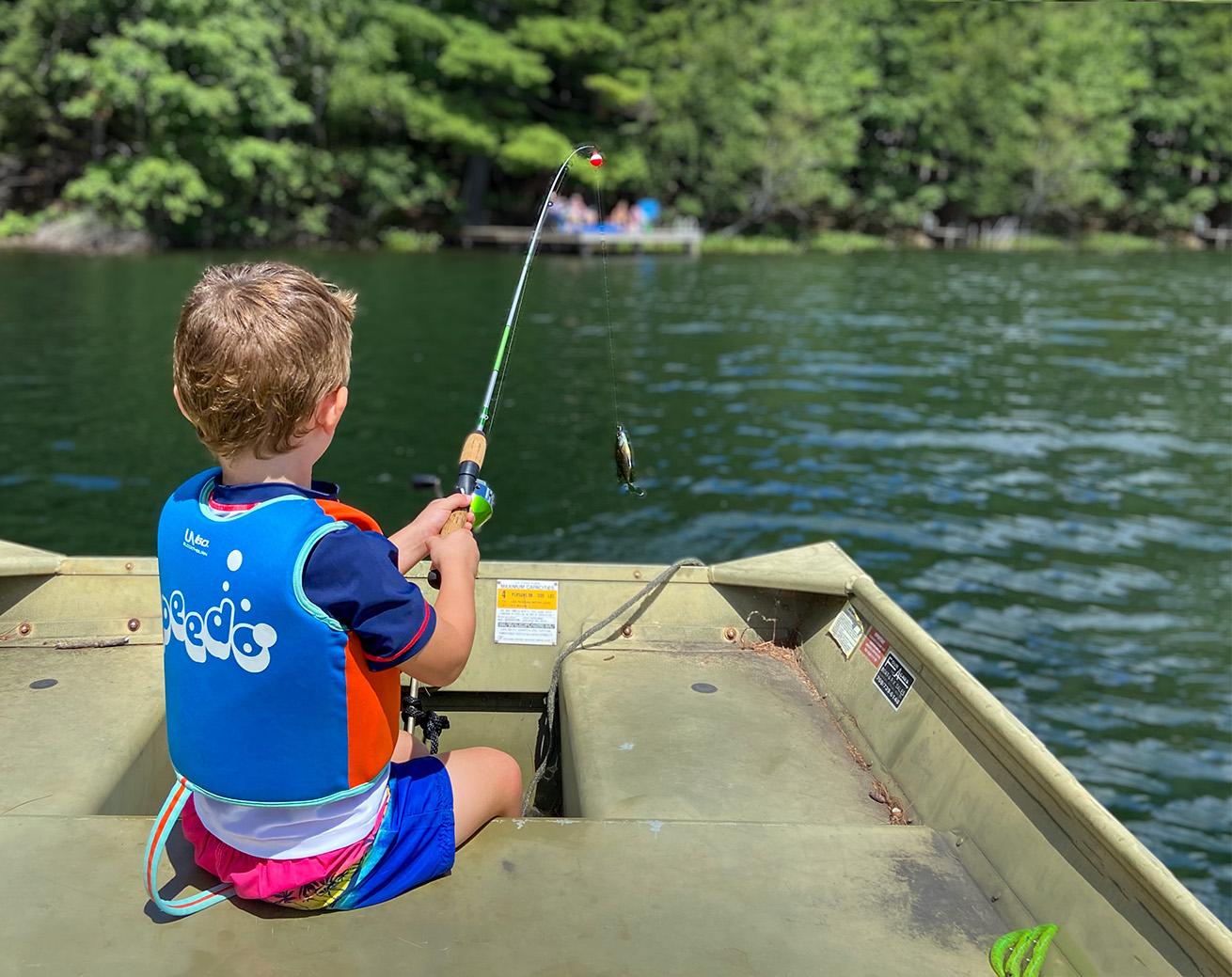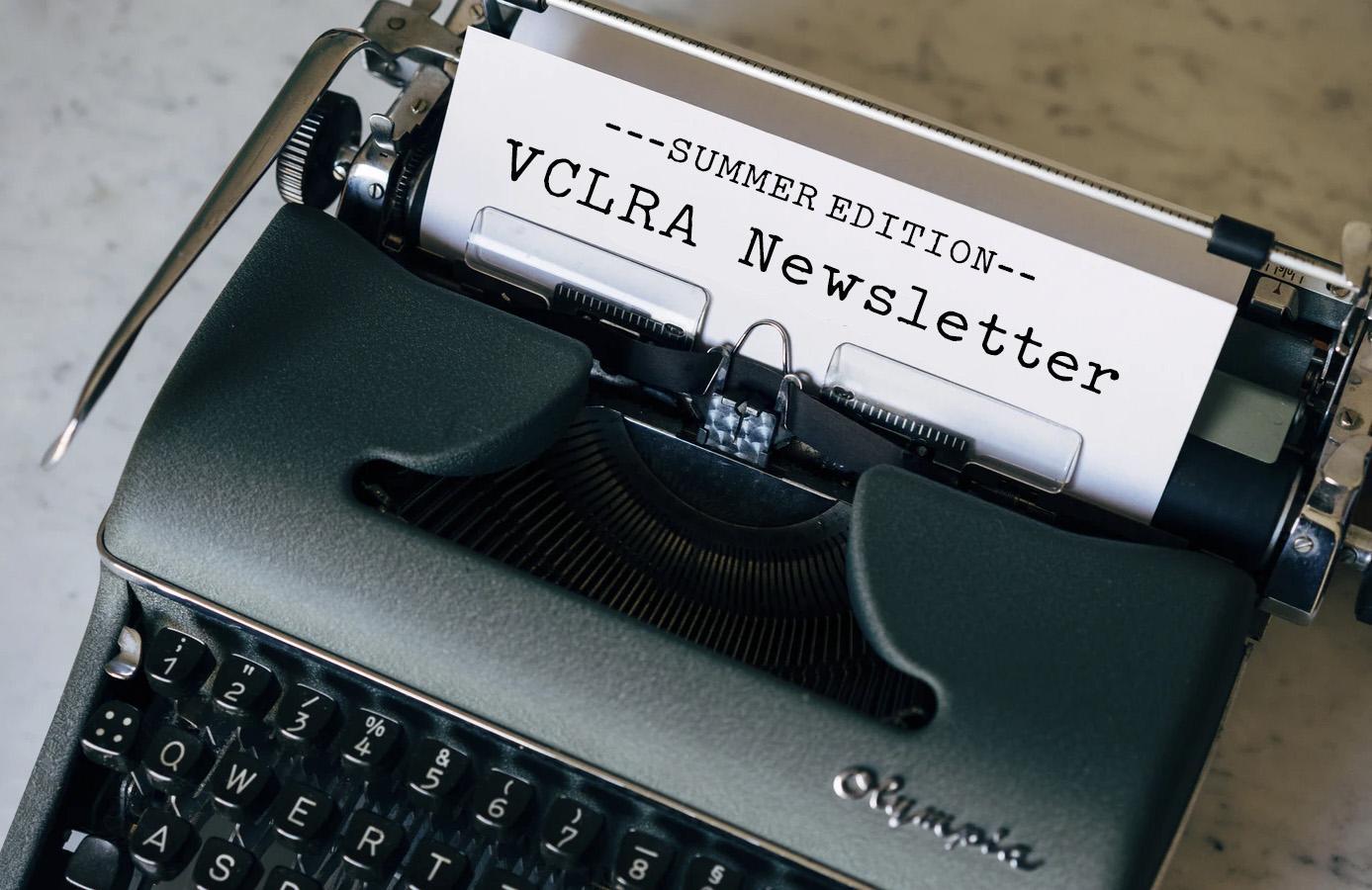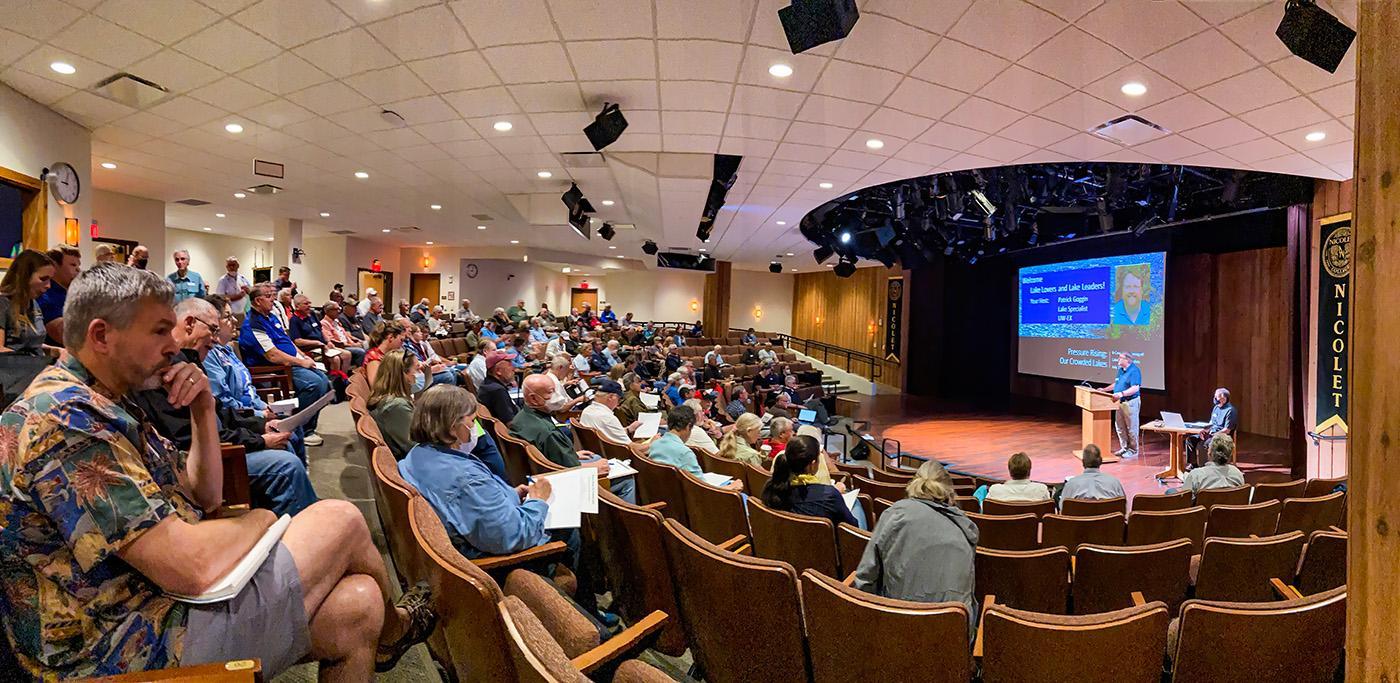VCLRA’s Summer 2025 newsletter has taken flight!
Read about our six-county lakes and rivers meeting on Friday, July 11th, an update on enhanced wakesurfing, VCLRA's Northwoods Businesses for Clean Water (NBCW) initiative, celebrating our night skies and more…



